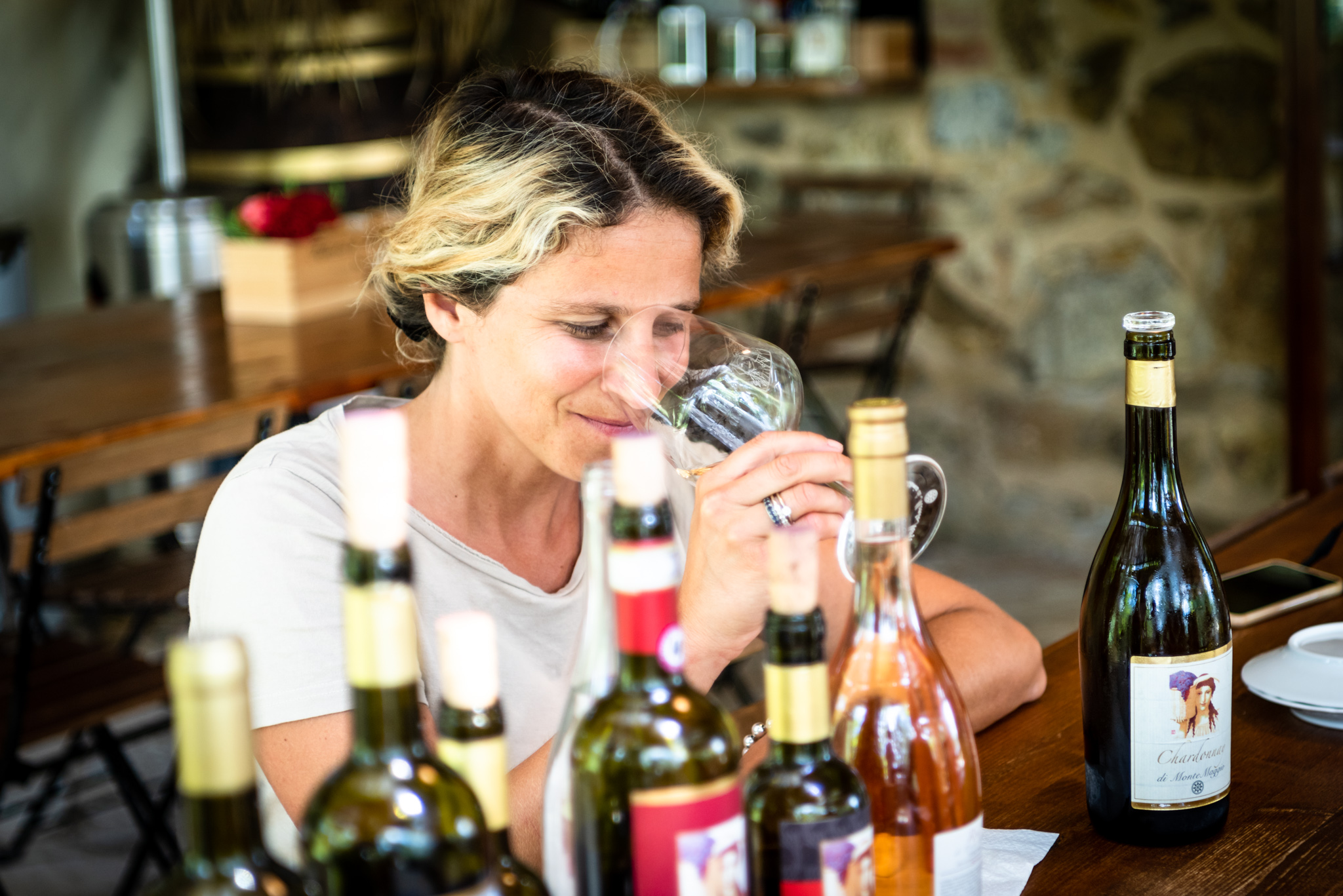
Let’s face it, it is never easy to navigate the world of wine with labels.
The various traditional mentions that characterize wines are organized in such a way as to constitute a veritable “Pyramid of Quality.”
“Since 2008, this has been overlaid with the European Classification, with the aim of harmonizing national classifications and those relating to different commodities into a rationally homogeneous system.” (cit. quattrocalici.it)
Table Wines (TDCs).
At the base of the pyramid we then find the Table Wines (VdT).
On the label the production lot, the volume of the container, the bottler’s data, the place of bottling and winemaking (if they take place the different places), the alcohol content, the gasification (if any), the diction “contains sulfites” if the threshold of 10mg/l of sulfur is exceeded is mandatory.
In this specific case, indication of color is optional, mention of the grape variety is not provided.
IGT (Indicazione Geografica Tipica) Wines.
Regarding IGT wines (IGP according to the European classification) there is a specification according to Community Regulation No.823 of 1987, to which wines must comply. The indication of the grape variety, vintage and mention of the area and possible sub-area are optional.
Beware very often under this category fall Super Tuscans which we could define as a kind of premium category belonging to that of IGTs at this point.
Wines such as our Quinta Essentia, Ilaia di Montemaggio and our Torre are ascribable to this aforementioned category
What, however, is meant by supertuscan?
Super Tuscans are revolutionary wines, born from an innovative and brilliant idea. The name “Super Tuscan” was coined in the early 1980s to generically describe a red wine produced in Tuscany.
High quality production unregulated a legislative system, a pure expression of the art of those who produce them.
DOC Wines (Denominazione di Origine Controllata)
The specifications for DOC wines (now PDO according to European classification) ijn addition to those for IGTs, must provide for more delimited areas, cannot be produced from grapes destined for IGT wines, must undergo chemical-physical and organoleptic examination during production.
They can be characterized by the indication of sub-areas or more restricted areas depending on the specification. They may mention specificities of the product such as classic and superior if provided for in the specification. Obligation of the year of production on the label.
DOCG (Denominazione di Origine Controllata e Garantita) Wines.
DOCG wines (they also fall under the designation of PDOs at the European level) have significantly stricter specifications.
The DOCG designation is granted to wines (and wine-growing areas) that have already been recognized as DOC for at least five years and are deemed to be of particular merit.
At the bottling stage, chemical-physical and organoleptic analysis is required, batch by batch, and bottles are marked with a control band arranged in such a way that it breaks when the bottle is opened.
What about the European community?
There are actually additional mentions let’s see them together.
Varietal Wines
Varietal Wines are therefore wines where it is not necessary to specify the denomination of origin or geographical indication but which can be traced back to a specific prevailing grape variety.
Mandatory and the indication of the vintage and/or the name of one or more grape varieties from which they were produced, without any link to the production territory.
Certification is based on a documentary check to ensure that the optional indications intended to be included on the label are true.
Generic Wines
Wines previously classified as “Table Wines.” They are made from authorized grapes, but without specific constraints of territoriality or type of grape variety and without any particular requirements governing their production other than those of a hygienic-sanitary nature. The label must compulsorily bear the bottler’s company name while the indication of color (red, white or rosé) and vintage is optional. It is expressly forbidden to refer to the grape varieties used.
Now all that remains is for you to go and discover new mentions whose wines may surprise you.






Leave a Reply